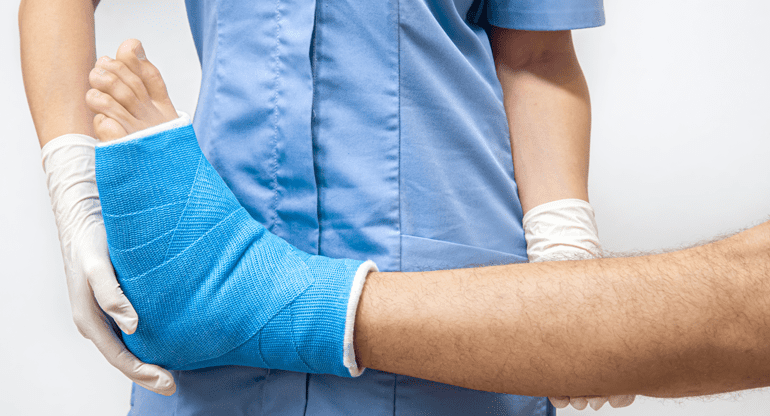- contact@mahiclinic.com


- Home
- Total Knee Replacement
- Knee Arthoscopy
- Hip Replacement
- More Info
Conditions
- Elbow
- Knee
FAQ – Fracture
- Home
- FAQ
FAQ – Fracture
What kinds of investigations are done to confirm a fracture?
A thorough physical examination of the patient along with a complete history of the injury is the first and foremost requirement to make the diagnosis of a fracture. In addition to this, the following tests are performed to confirm the diagnosis:
- X-Ray
- CT-Scan
- MRI

What kind of fractures does not require surgery?
The fracture in which the broken ends of the bones are still aligned and have not shifted does not require surgery. They can be easily managed by a period of immobilization in a sling, medication for pain, and a series of stretches and exercises once the bones have started to heal.
Why is surgery performed for some fractures?
Surgery is necessary in cases where bones do not remain aligned along the fracture. Surgery is performed to realign and stabilize the fracture fragments with a plate and screws or with pins.
Will the patient feel plates or pins in the bone?
It majorly depends upon the area where plates or pins are inserted. The patient may be able to feel the plate through the skin where there is not a lot of fat like the shoulder. But in fatty areas, the patient may not be able to feel any plate or pin.
Is rehabilitation required after fracture healing?
Yes. Rehabilitation is one of the most important parts to resume normal activities after a fracture has healed. It involves physical exercises to strengthen the muscles and prevent stiffness and weakness.
When can patients get back to normal activities?
Healing of any fracture may take anything between 3-6 months. But every patient is advised to follow the instructions of the doctor and should not take on too much too soon. It may take one year for the patient to be able to perform his routine activities.
Book An Appoinment
Doctor
-

Dr. Vijay Kumar Sohanlal
Orthopedic surgeon
- Knee
- Elbow